Epsom, The Post Office 1898
Photo ref:
41707A


More about this scene
The railway had unexpected consequences. It changed the look of the town. Ormond House, on the corner of the new road, now had its garden view dominated by a huge engine shed, and the price of the house fell accordingly. It was snapped up by the enterprising Henry Dorling, who built a new library and print works next door, with extra living space. Henry, a widower with a large family, had married Elizabeth Mayson, a widow with children of her own, and they went on to have several more. In the end there were 21 of them; the two eldest, Isabella on the Mayson side and young Henry from the Dorlings, struggled to keep some kind of order. In the opinion of many, the view down the High Street was spoilt by the old watch house. This was a weatherboarded, white building with a cupola containing a clock and bell going back to the days of the spa. A committee was set up to raise subscriptions to have it rebuilt; William Everest the vestry clerk was one member but the others were all new to the town, including Thomas Tompson the draper, and William Harsant the chemist Local postmasters, who were appointed at Epsom from 1769 onwards, were usually tradesmen who combined the responsibilities of the job with their regular business. William Chase Morrish Andrews, a builder, was made postmaster in 1843, though in fact the work was done by his wife, Lucy. She trained her daughters, Mary and Lucy, in new skills as telegraphists, and when Mary took over in 1891 she lobbied for a custom- built post office in the town. This was built seven years later in the early Tudor style with eighteen tills, and up to 90 staff when it was working at full stretch; they were needed during race weeks when newspaper correspondents came rushing in to send news of the winners to London. The telegraph compartments had a chute for sending messages down to the operating room, and the resident engineer dealt with any problems. Mary occupied her own office, 'a snug little place', until her death in 1902.
Add to Album
You must be signed in to save to an album
Sign inShare This Photo
Buy a Print
Unframed, Mounted, Framed and Canvas prints in a range of sizes and styles.
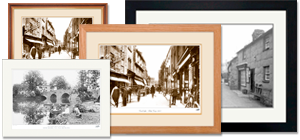
View Sizes & Prices
Create a Gift
A Selection of Memories from Epsom
For many years now, we've been inviting visitors to our website to add their own memories to share their experiences of life as it was, prompted by the photographs in our archive. Here are some from Epsom
Sparked a Memory for you?
If this has sparked a memory, why not share it here?

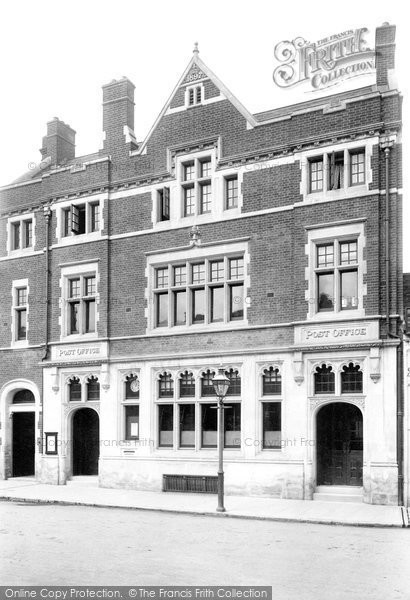
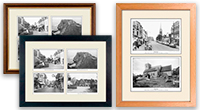
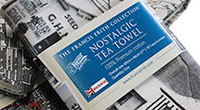

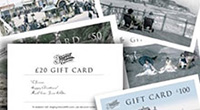
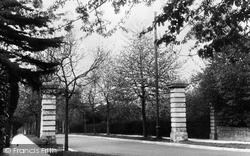
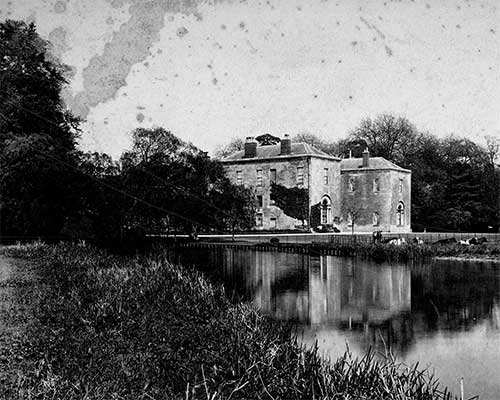 Before
Before
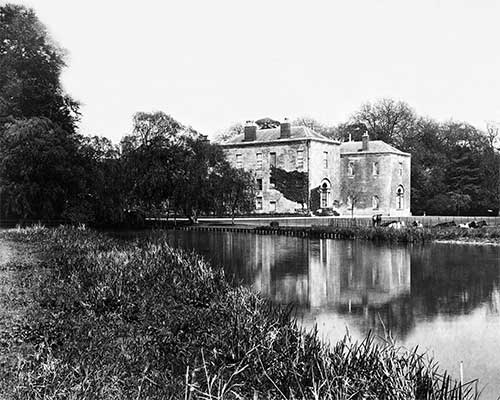 After
After